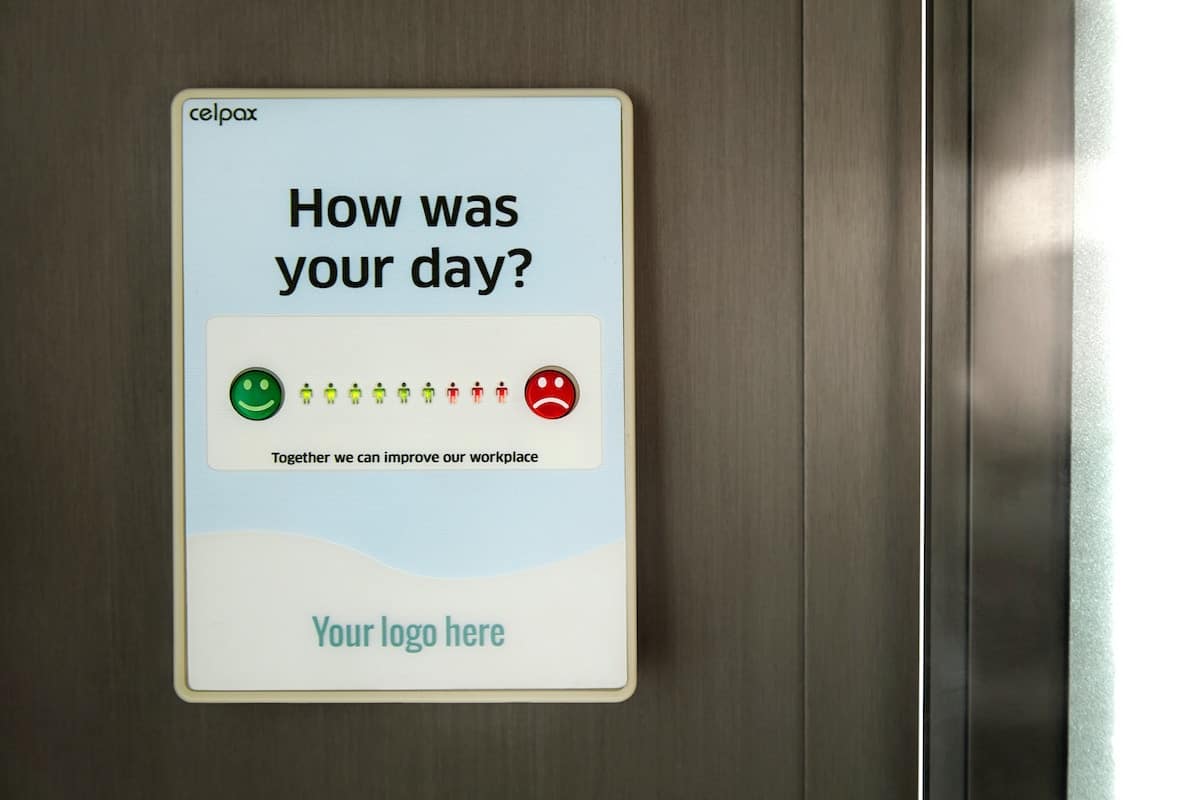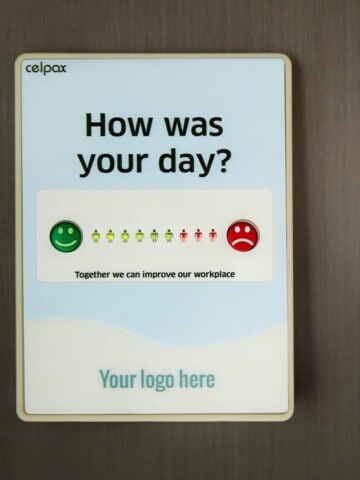Among the vast list of HR responsibilities, crafting a positive employee experience takes center stage. An easy and effective tool to monitor this experience is an employee survey. Surveys do not need to be an overly complex tool with numerous correlating scorecards and calculus-level analyses. The aim of a survey is to identify areas of improvement in the workplace, bolster retention, and foster a positive environment. Instead of scraping your survey plans because you've gotten bogged done in a complex maze of metrics and objectives, roll out a simple and useful tool by utilizing these employee pulse survey best practices.

Define Survey Purpose
Outlining specific objectives is crucial, BEFORE launching an employee survey. Certainly, goals will vary by company. However, most organizations face, at least at a high level, similar issues. Based on numerous studies, we know most employees leave jobs due to:
- Lack of advancement opportunities
- Low compensation
- Dissatisfaction with their role
- Minimal or no training
- Underutilization of skills and knowledge
- Rigid schedule
- Minimal recognition
- No sense of purpose
Since we know these areas to be the primary factors impacting employee engagement and retention, these our areas of focus. Select a few focal points releveant to your organgization for each pulse survey. (Of course, if you have other known issues, include those in your survey.)
Additionally, the above factors all link to phases and actions in the Actualization Pyramid, a framework we created to assist managers in developing high-performing teams. (Read more about actualization here.)
There is no need to reinvent the wheel when defining the objective of your employee survey. Use known focal areas and run surveys to identify, analyze, and improve these issues. By aligning engagement factors and the actualization stages, you can easily create a survey that looks at both broad and nuanced trends.
You didn't mention "employees leave managers"
You are right, I didn't mention this well-worn statement about employees quitting bosses, not companies. Why?
There is deeper, more relevant data to be discovered. Sure, people may quit because they don't like their boss, but why don't they like their boss? Are they micromanagers? Do they communicate too infrequently; set unclear goals; and let toxicity flourish? Answering these questions is far more insightful and actionable.
Surveys = Sharing
The worst thing you can do with an employee survey is nothing. No communication, no feedback, no action items. If you don't plan on doing anything with the results, don't bother with the survey. No one will participate in future surveys if this is your MO. You know the phrase, sharing is caring.

Select Appropriate Questions
The quality of the survey questions directly influences the quality of the data collected. Aim for questions that are clear, concise, and directly related to the objectives stated in Step 1. Use closed-ended questions, rated on a 5-point Likert scale, from strongly agree (5) to strongly disagree (1). (Note, questions in Talent Alchemists surveys are actually statements, not questions, rated on a 5-point scale.)
What about open-ended feedback?
The employee survey is one tool in the toolbox for evaluating employee sentiment. A survey is best for highlighting top-level issues. Open-ended feedback should be gathered in manager-employee 1:1 meetings, company Q&As, and team "identify, discuss, solve" meetings.
If you are worried about employees not speaking up in these venues, you can chalk that up to a trust issue in the workplace. You've already got yourself a focal point without even conducting the survey. Well done, you.
What about an eNPS question?
I will admit, I used to include an eNPS (Employee Net Promoter Score) in my employee surveys. After more research and experience, I realized the eNPS is seriously flawed, so I no longer recommend its use.
You can read more about the problems with eNPS here. In a nutshell, the score was originally designed to evaluate a customer experience. Very few studies have been conducted on how this question translates to the employee experience, bringing its validity into question. And, the way eNPS is calculated leaves a massive gap in measuring the experience of employees in the middle of your bell curve, bringing its reliability into question.
Long story short, leave NPS to your customer success team.

Encourage, Don't Demand, Transparency
There is a common misconception about surveys -- to be effective they must be anonymous. The concept is derived from the belief that employees are more likely to provide honest and candid feedback when they feel their responses are anonymous and confidential.
I disagree. Employees are more likely to provide honest feedback in a trustworthy culture where employee input is acknowledged and addressed.
To get relevant data you can drill down on, a few required fields on your survey should include:
- Division
- Department
- Manager
Optional, but encouraged, data includes:
- Name
- Title
- Tenure
With these required and optional fields you'll get feedback you can do something about.
Survey Length
Surveys should be short and focused. Time is a valuable commodity, and employees are more likely to participate if the survey is concise and to the point. Keep the survey length manageable, aiming for completion within 5 - 10 minutes. Focus on the most critical areas to gather meaningful data without overwhelming participants. Typically, this is about 5 - 6 questions.
Survey Regularly
The quarterly cadence of these surveys offers a balance between obtaining frequent feedback and allowing ample time for implementing changes. Regular intervals allow you to track trends over time and evaluate the effectiveness of interventions or changes introduced between surveys.
Benchmark
To truly understand the significance of survey results, it's essential to have context. Incorporate benchmarking data, which provides a comparison with industry standards, similar organizations, and past internal surveys. Benchmarking helps HR professionals identify strengths and weaknesses and assess their organization's standing.
Monitor Progress and Follow-up
Quarterly employee surveys are part of an ongoing process. Monitor progress by tracking key performance indicators linked to survey outcomes. Continuously refine the survey questions based on changing organizational needs and employee feedback. Regularly follow up with action plans and ensure that improvements are being implemented effectively.

Conclusion
Effective HR management hinges on understanding the pulse of an organization's workforce. Quarterly employee pulse surveys offer a structured approach to gathering insights, enabling HR professionals to make informed decisions that enhance employee satisfaction, engagement, and overall organizational success. By adhering to the best practices outlined in this article, HR teams can create a culture of transparency, foster positive change, and build a more harmonious workplace for all.
To learn more about increasing survey participation, check out our article on that topic here.




